this is a completed project, so I'll be publishing the 'project logs' all at once. I'll be covering a different piece of the project in each log. in order:
- the hull
- everything from the first drawings to the final sealing of the hull
- electronics
- battery to motor
- drive system
- propeller, rudder, and associated mechanics
- decoration/misc
- deck houses and finishing work
If you want help building a similar boat, or think that I need help building boats feel free to comment/message me. or just download the plans and claim you did it all your self, I really don't care.
 zaphod
zaphod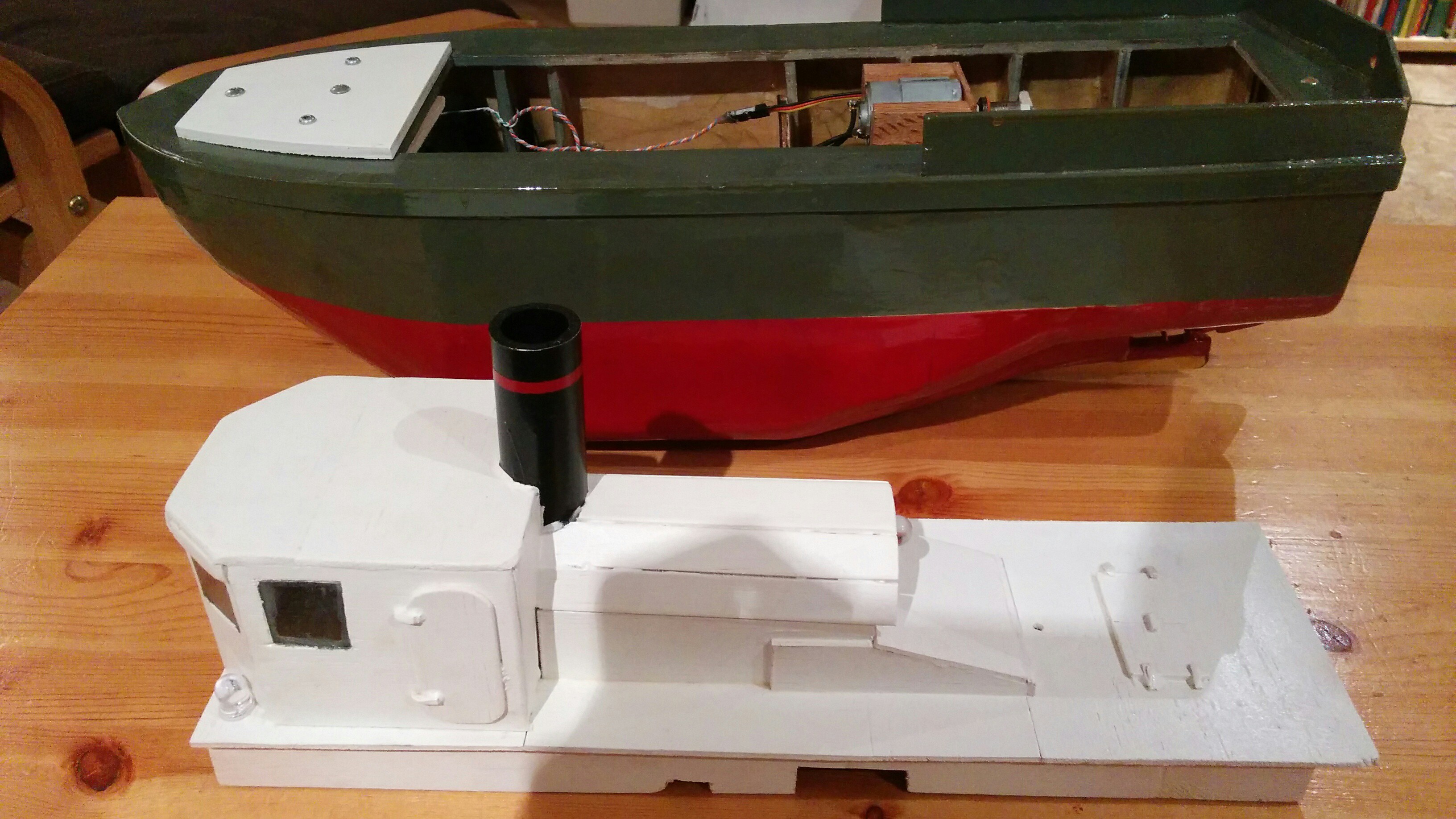
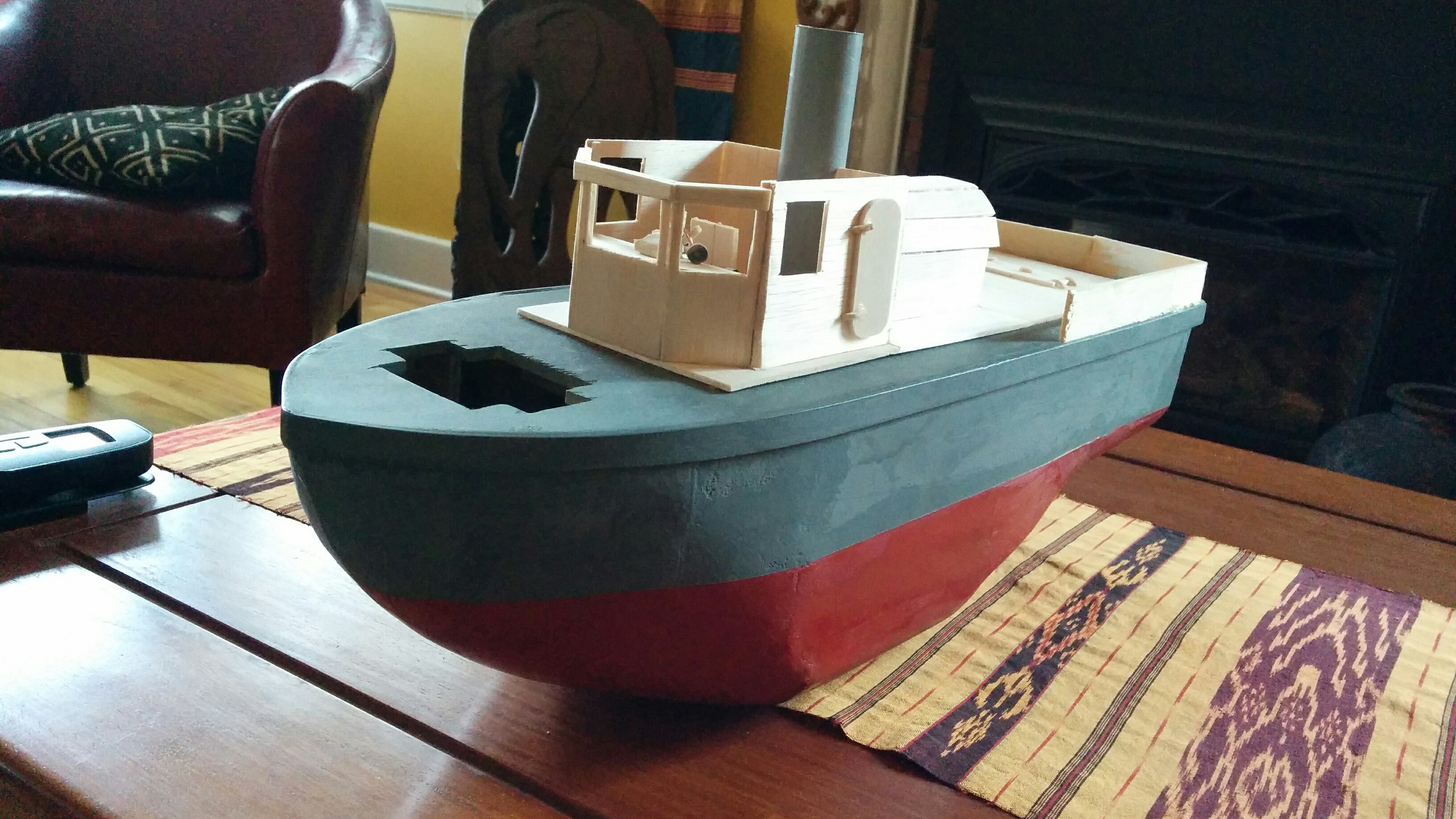

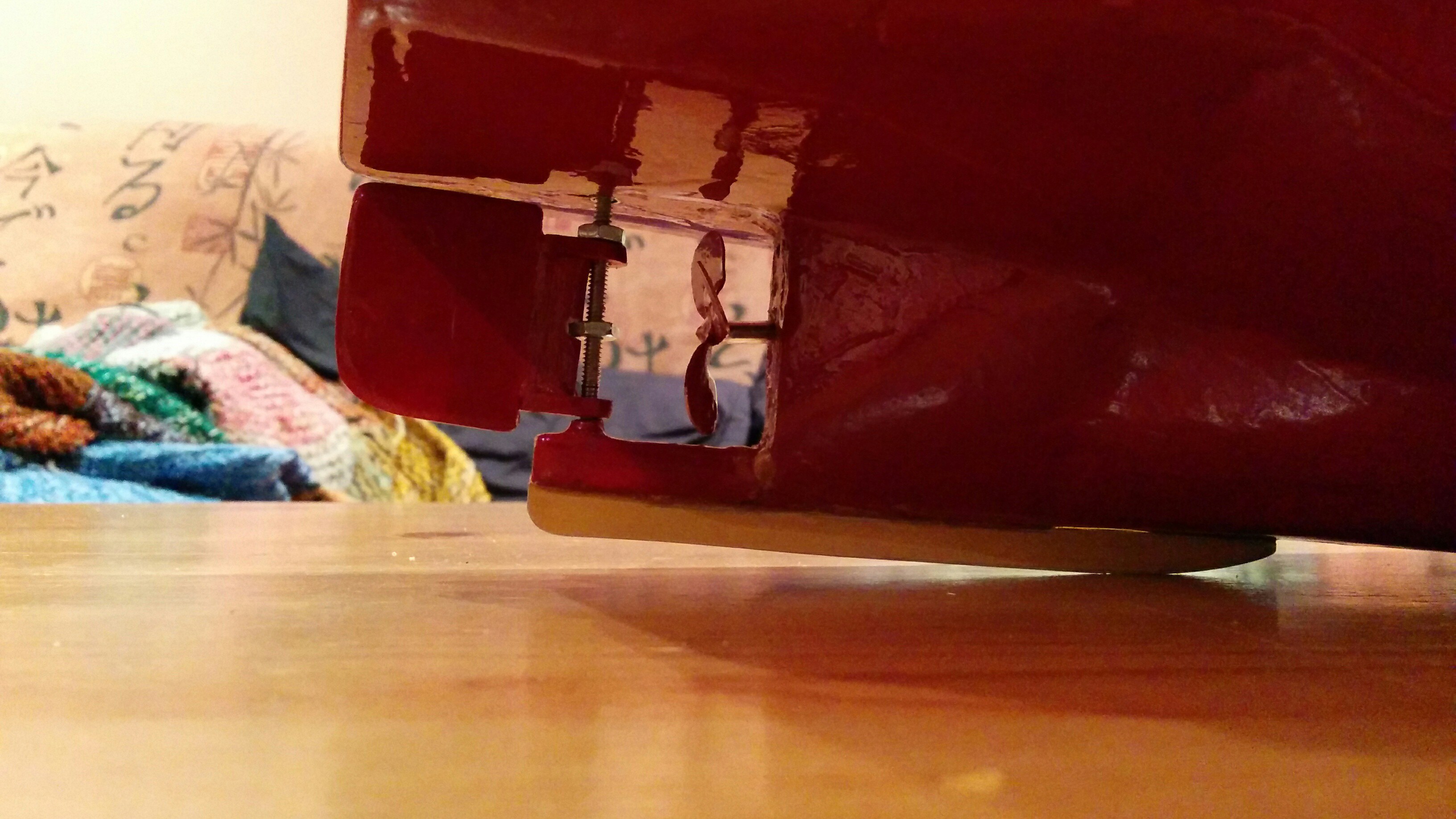
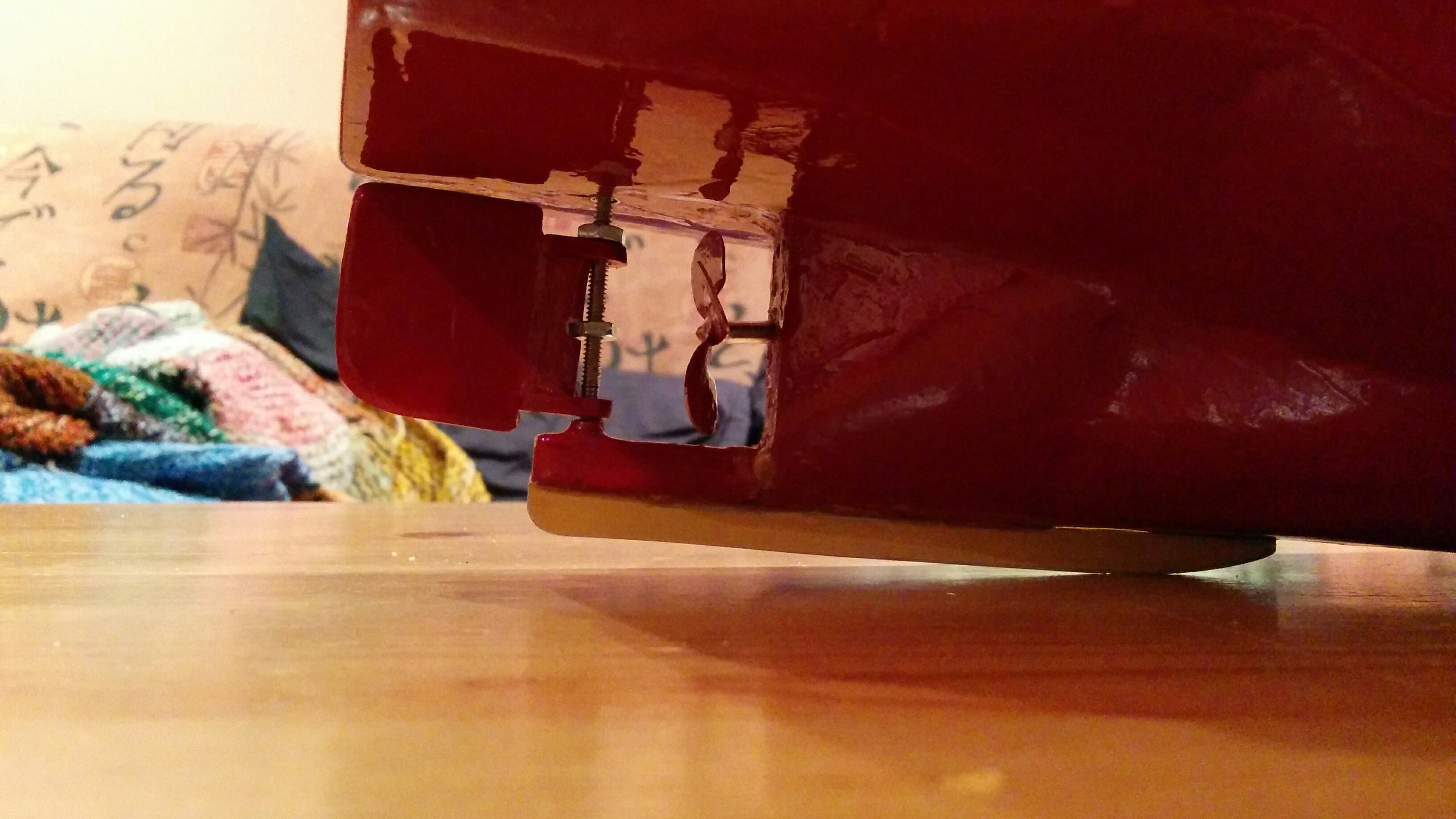
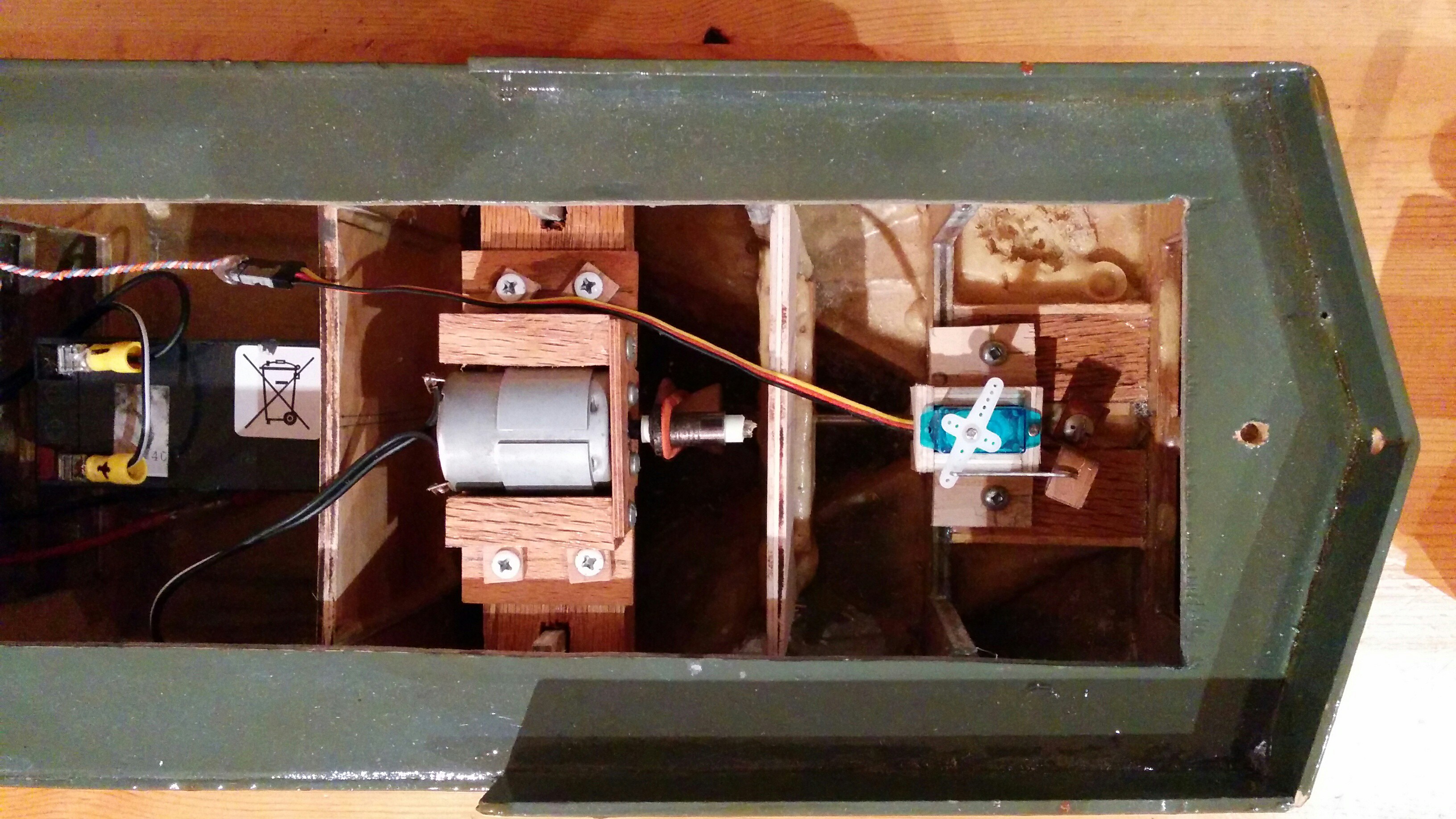
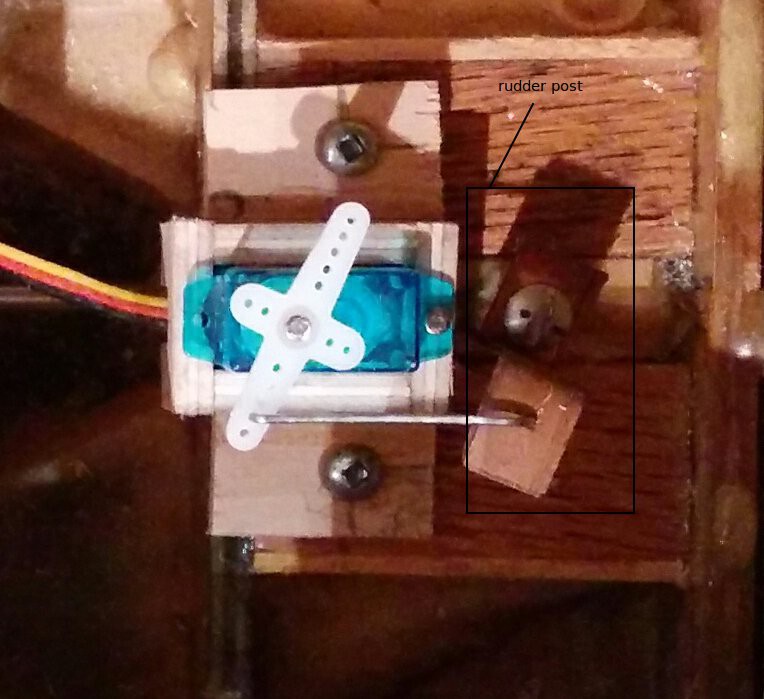
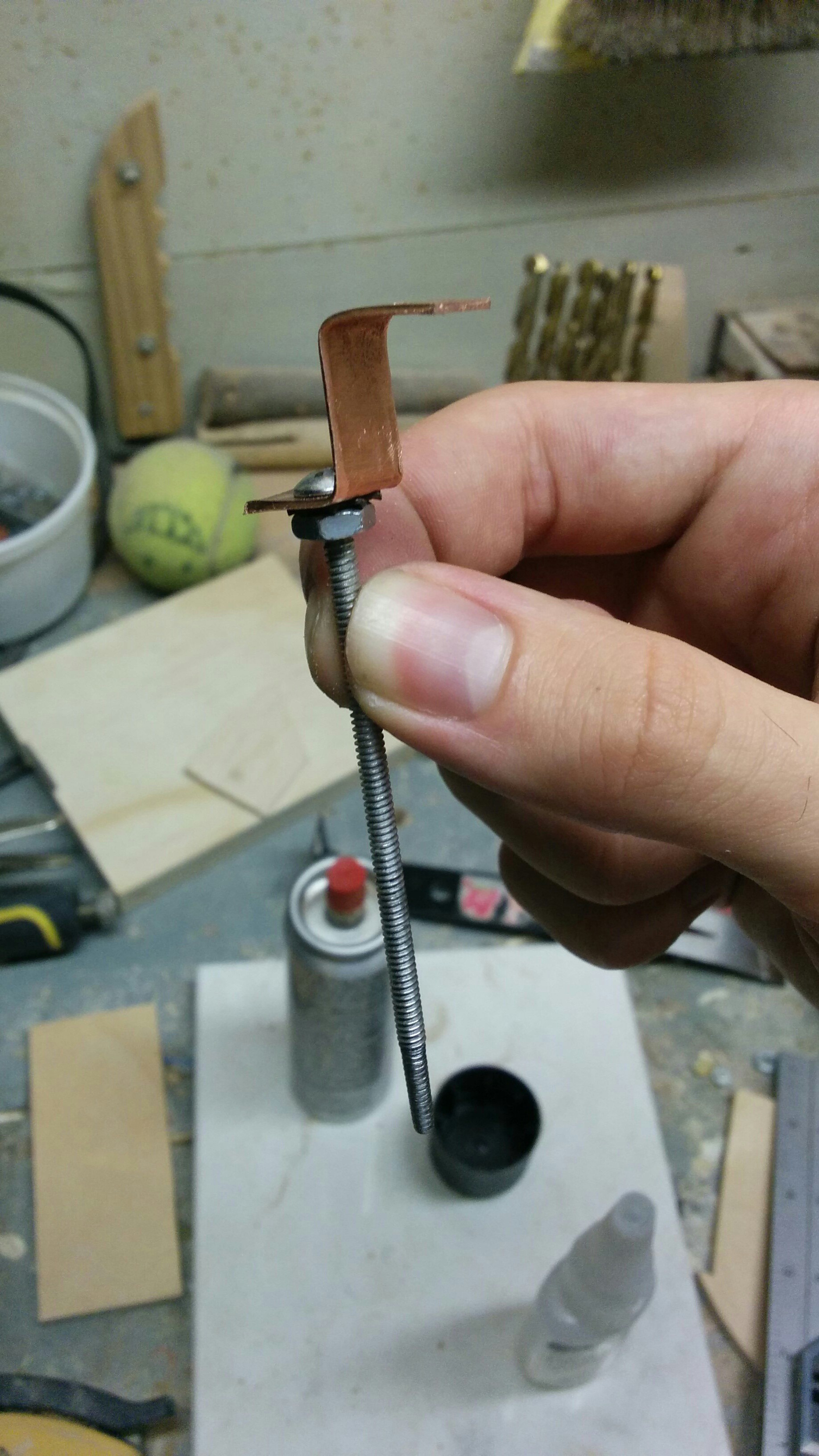
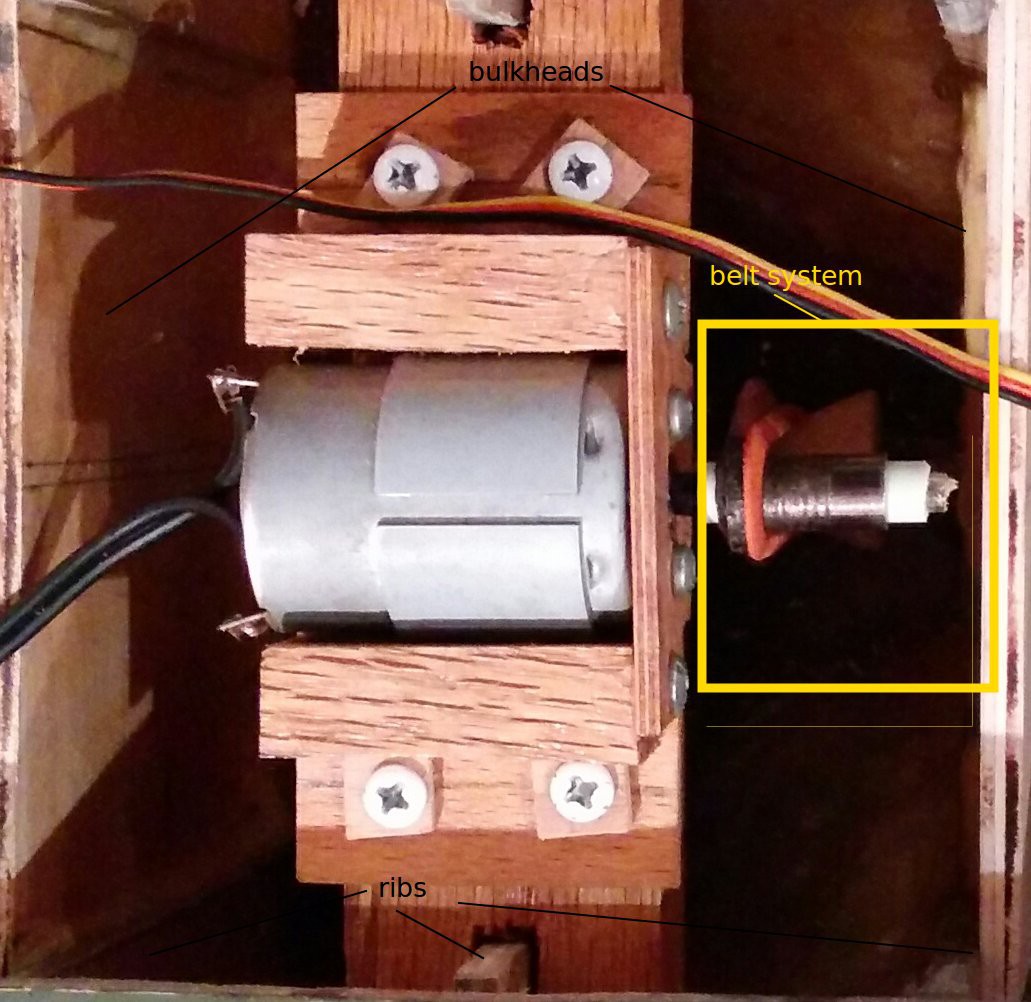

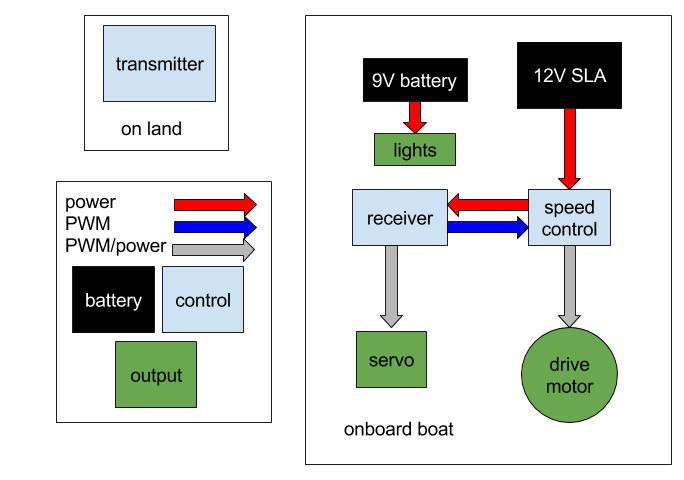
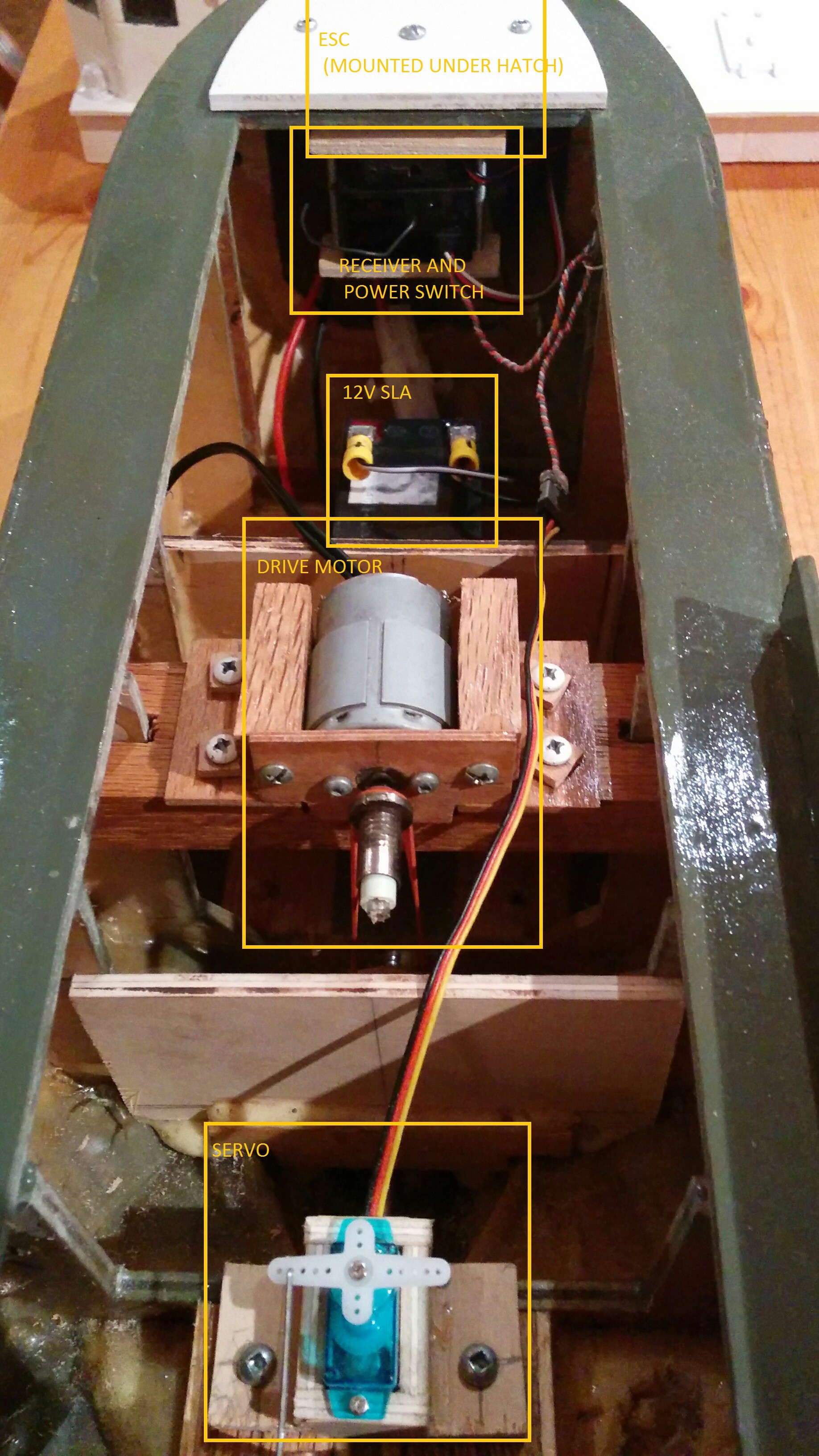
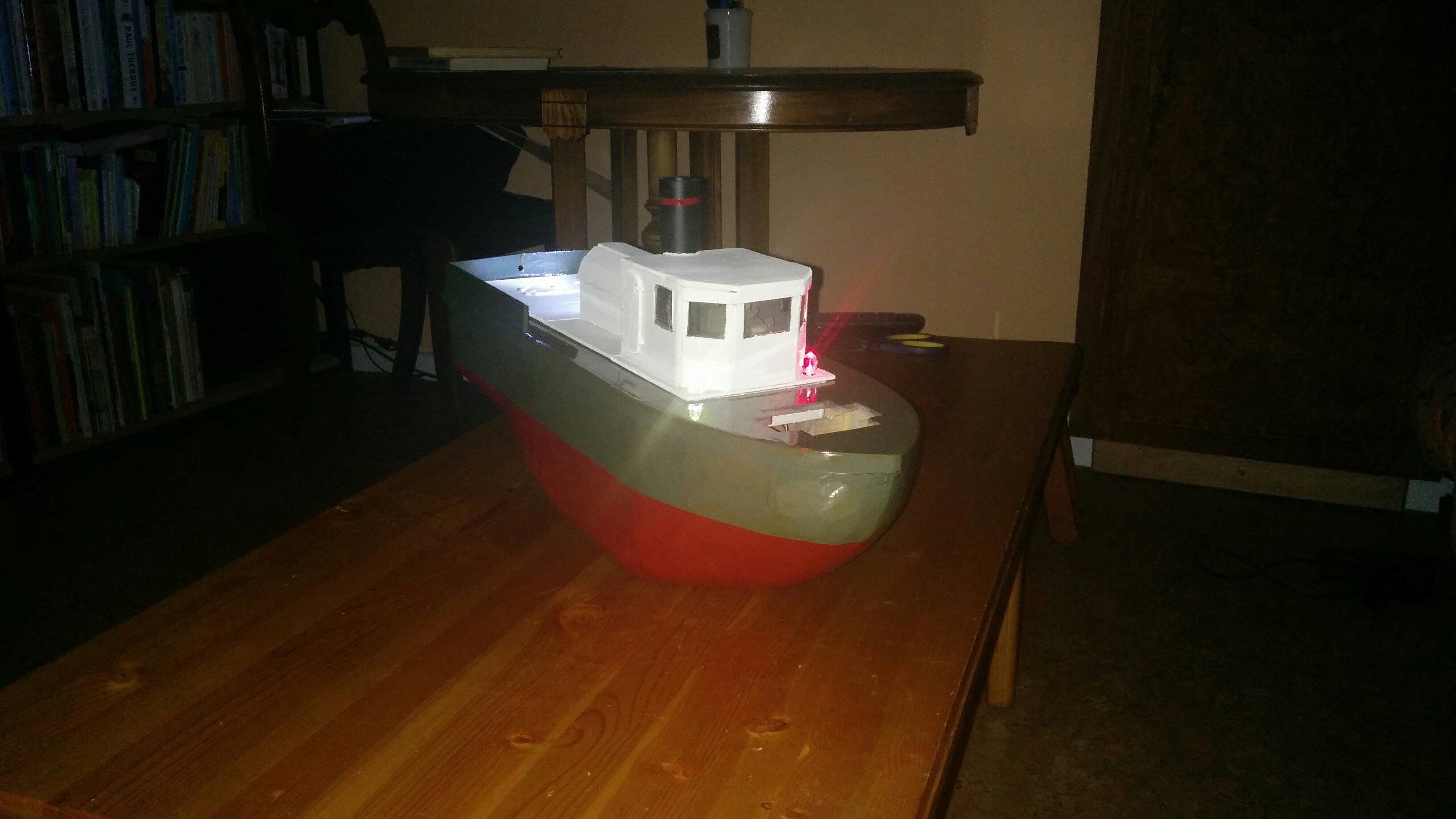
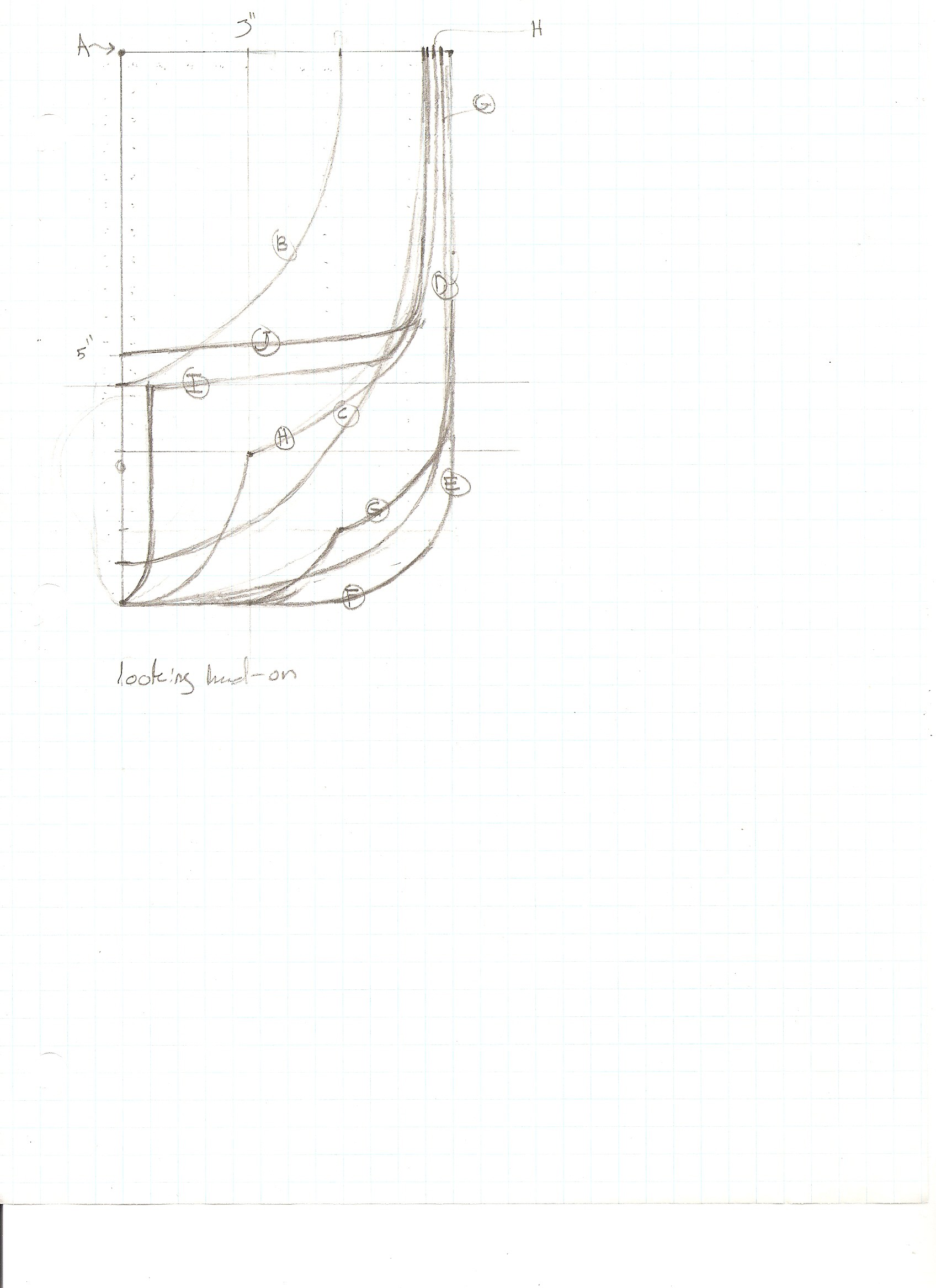

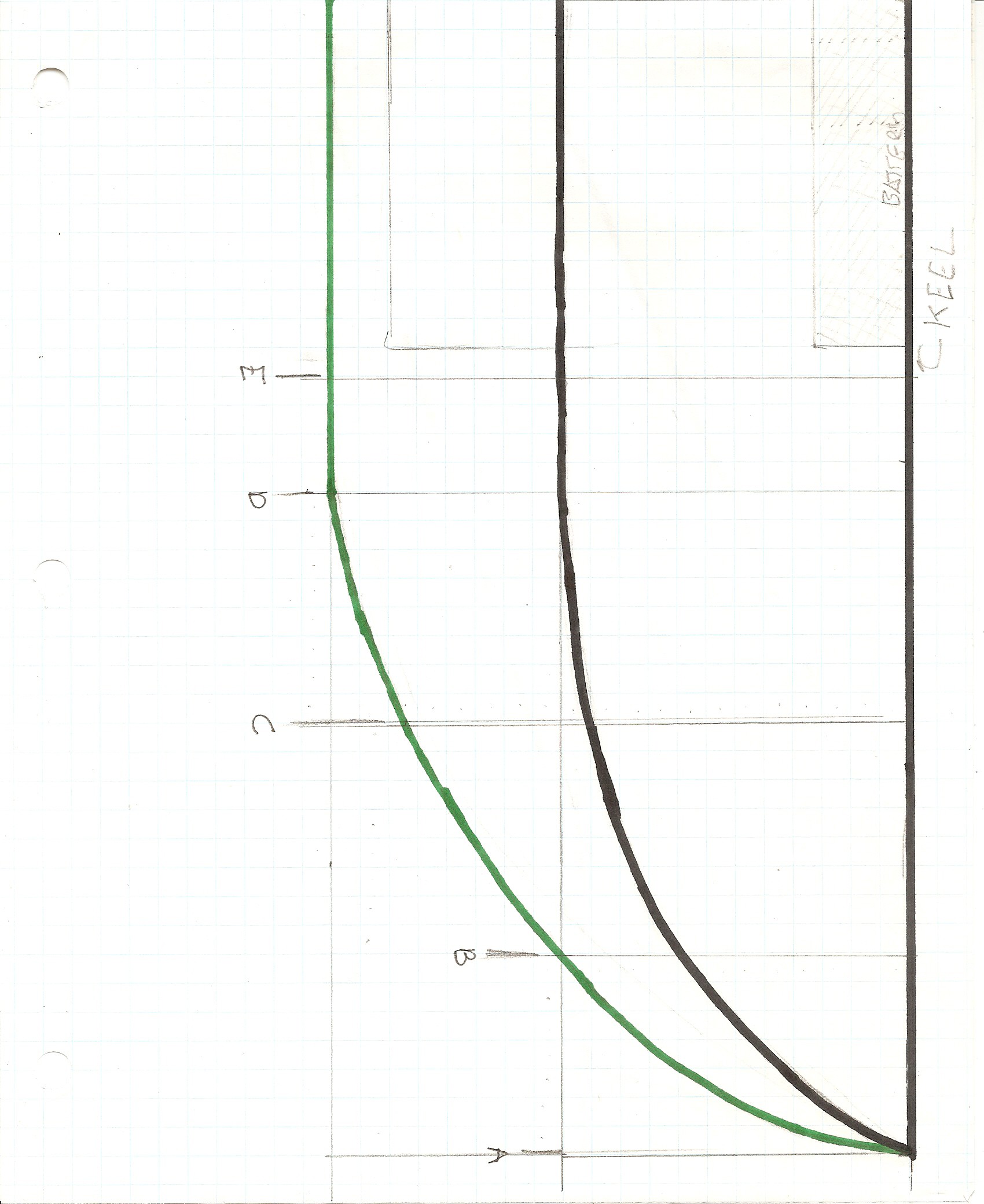
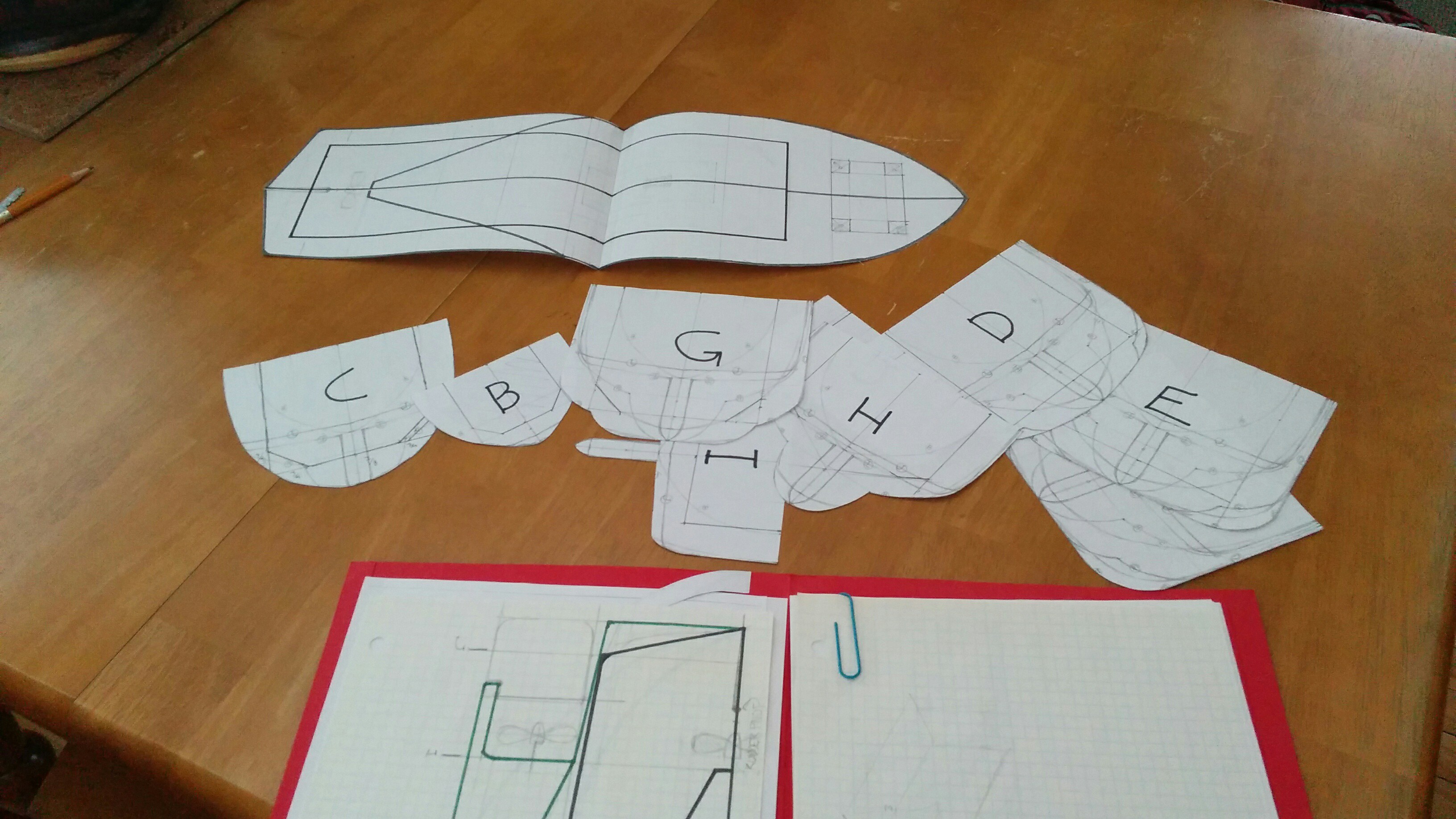
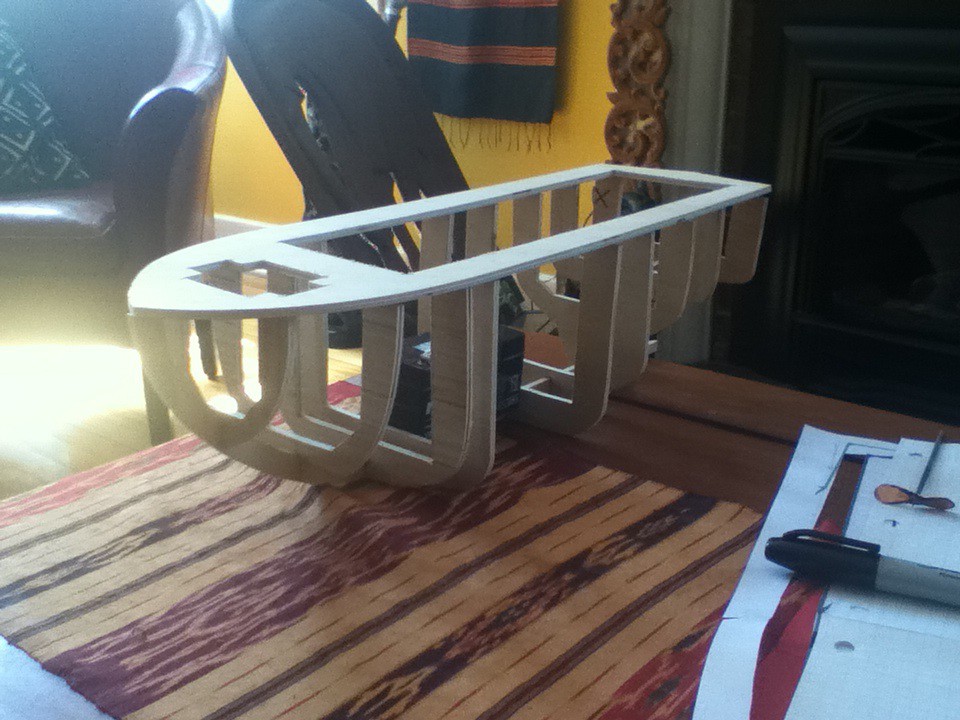
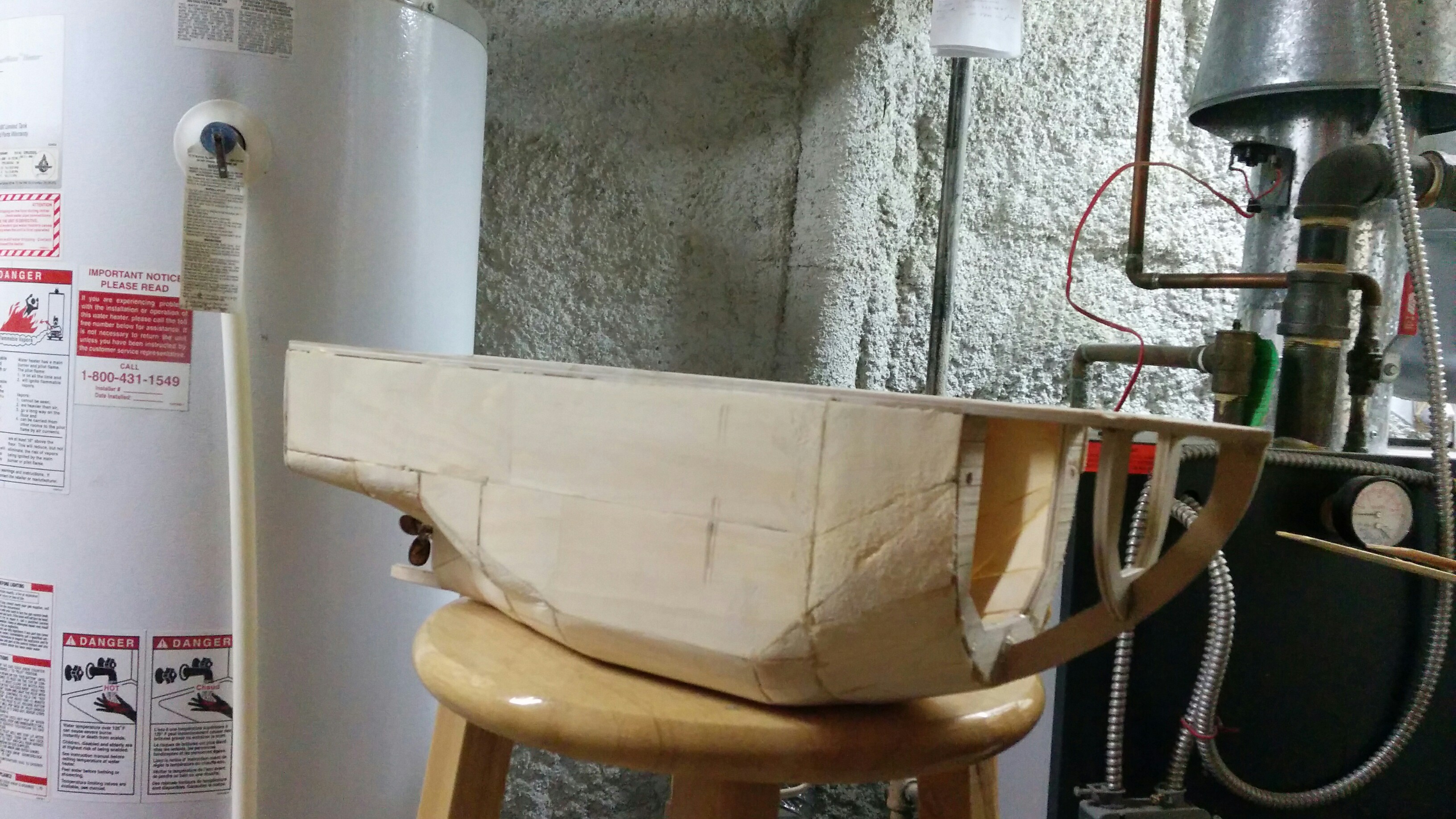
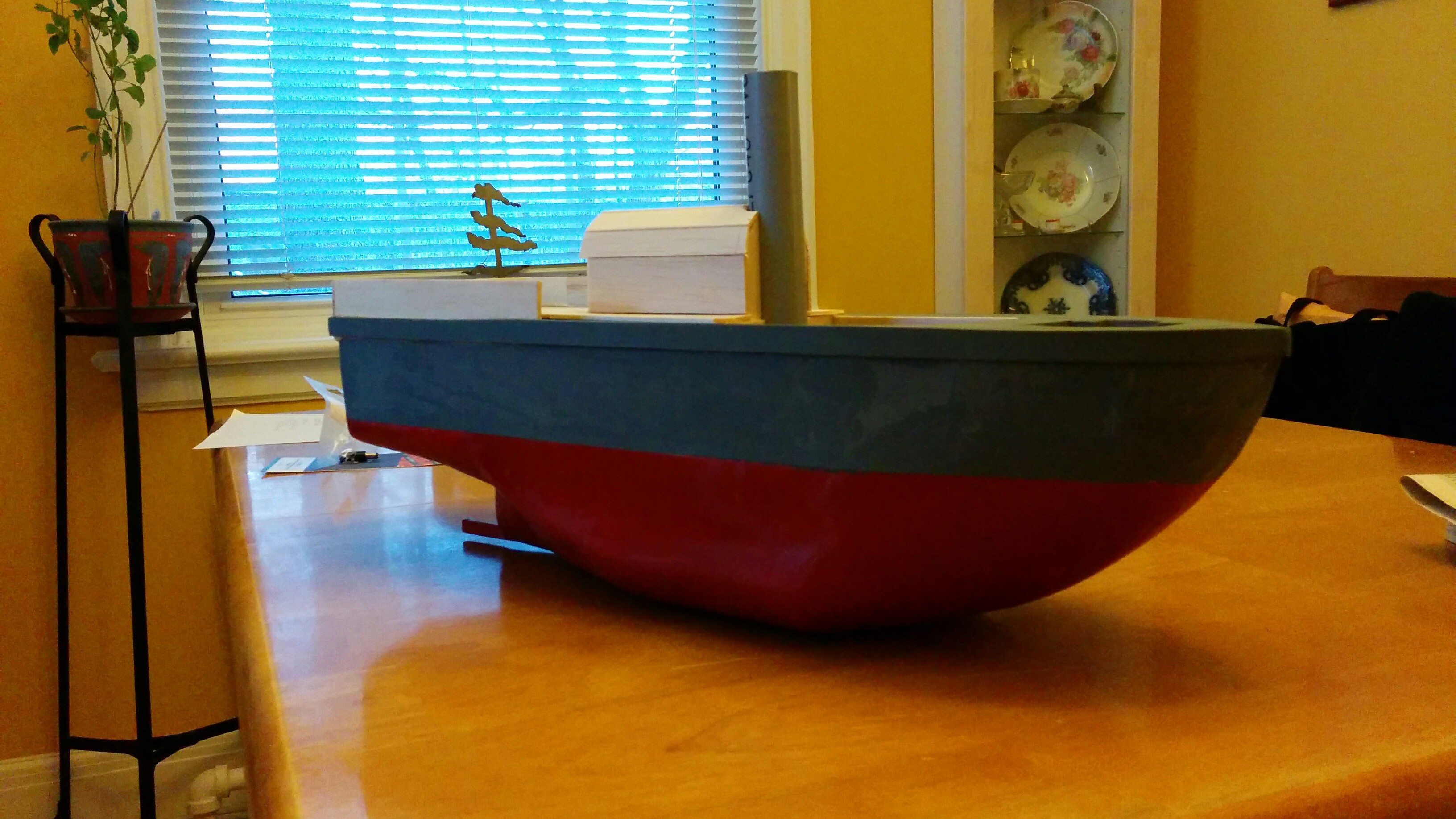

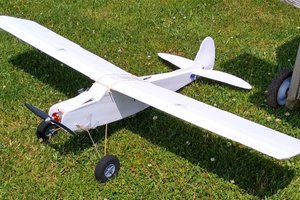
 Quinn
Quinn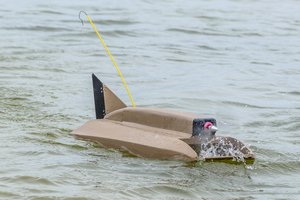
 Ossum
Ossum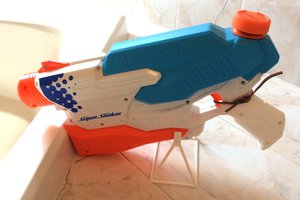
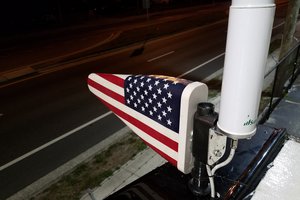
 MasterOfNull
MasterOfNull
It's a lovely project. The design is pretty neat! I'm building a boat as well if you like this stuff check out mine :) https://hackaday.io/project/10652-green-powered-sailboat